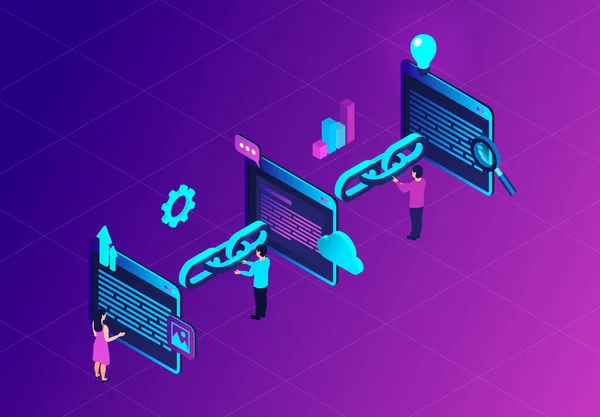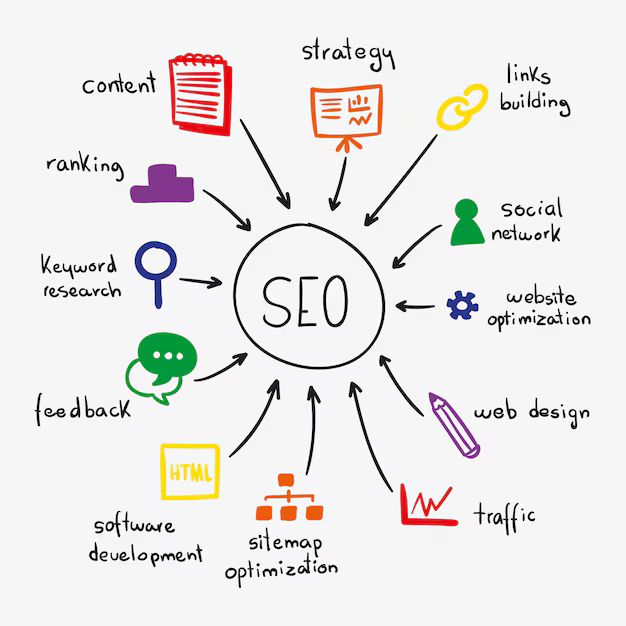What is internal linking?
Internal linking is a fundamental SEO practice where you connect different pages within your website using hyperlinks. This creates a structured network of content that helps both users and search engines navigate your site effectively. It distributes page authority, establishes content hierarchy, and improves the overall user experience.
Why is internal linking important?
Internal linking is crucial because it helps establish site architecture, improves navigation, and distributes page authority throughout your website. By creating a logical path between related content, you enhance user experience and help search engines better understand your site structure. This can lead to improved rankings and increased visibility in search results.
What types of internal links can you create?
How do you maintain effective internal linking?
How do I get started with internal linking?
What are the benefits of internal linking for businesses?
Internal linking encompasses various elements, including navigational links, contextual links, and structural links. Each type serves different purposes in your site architecture. Navigational links help users move through main sections, contextual links connect related content, and structural links establish content hierarchy. Using these effectively creates a well-organized website structure.
Effective internal linking requires regular site audits, strategic placement of links, and monitoring of user behavior patterns. It's important to maintain relevant connections between pages, ensure links are working properly, and update internal links as new content is added. Regular analysis of internal linking structure helps identify opportunities for improvement.
To begin with internal linking, start by conducting a content audit to understand your existing pages. Create a content hierarchy that makes sense for your site structure. Then, identify opportunities to link related content naturally within your text. Use descriptive anchor text and ensure links add value to the user experience. Regular monitoring and updates will help maintain an effective internal linking strategy.
Internal linking helps businesses improve site navigation, reduce bounce rates, and increase page views. It can enhance the distribution of page authority, improve crawlability for search engines, and help establish topic expertise. This leads to better search engine rankings, improved user engagement, and increased conversion potential.

























